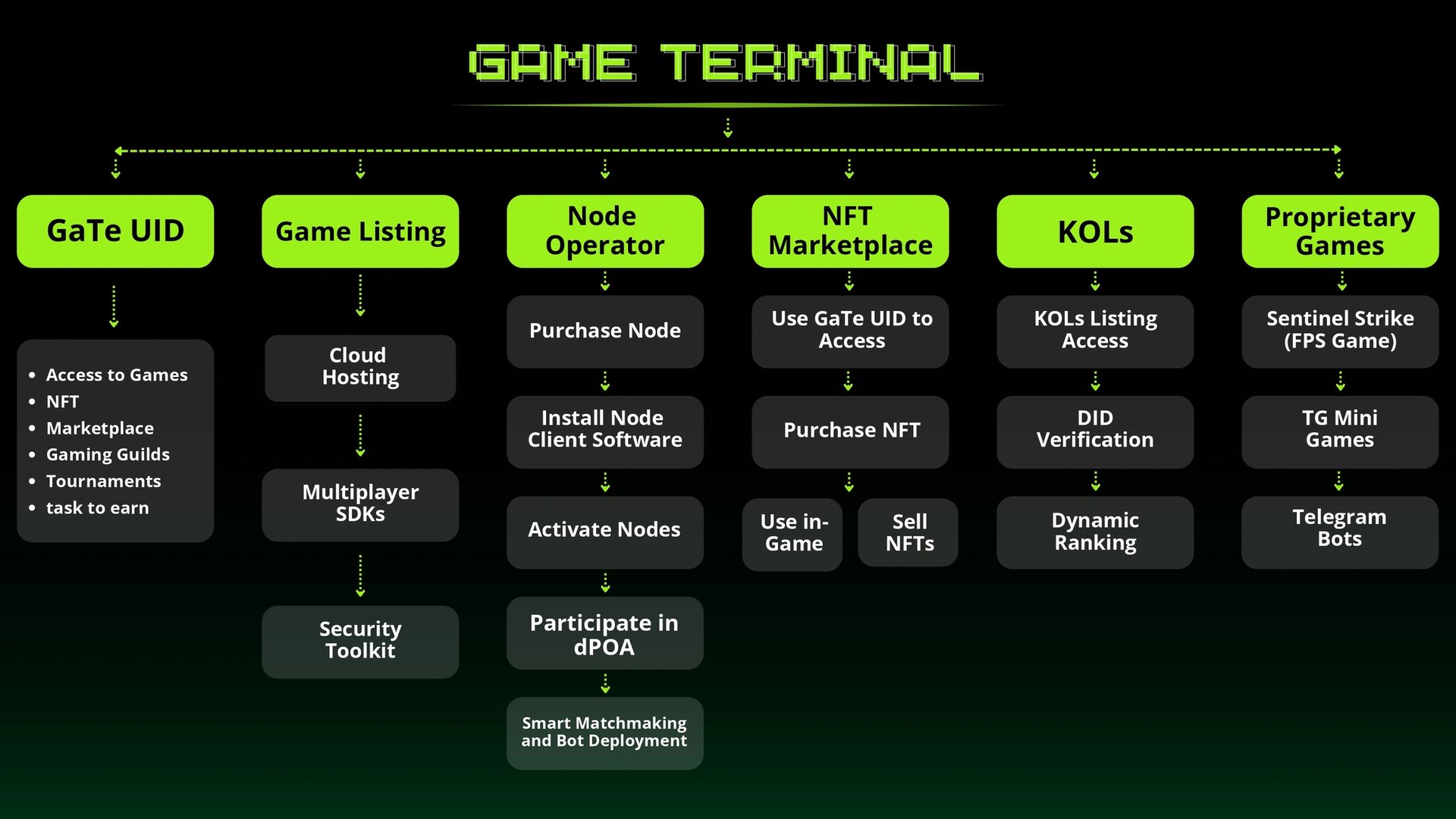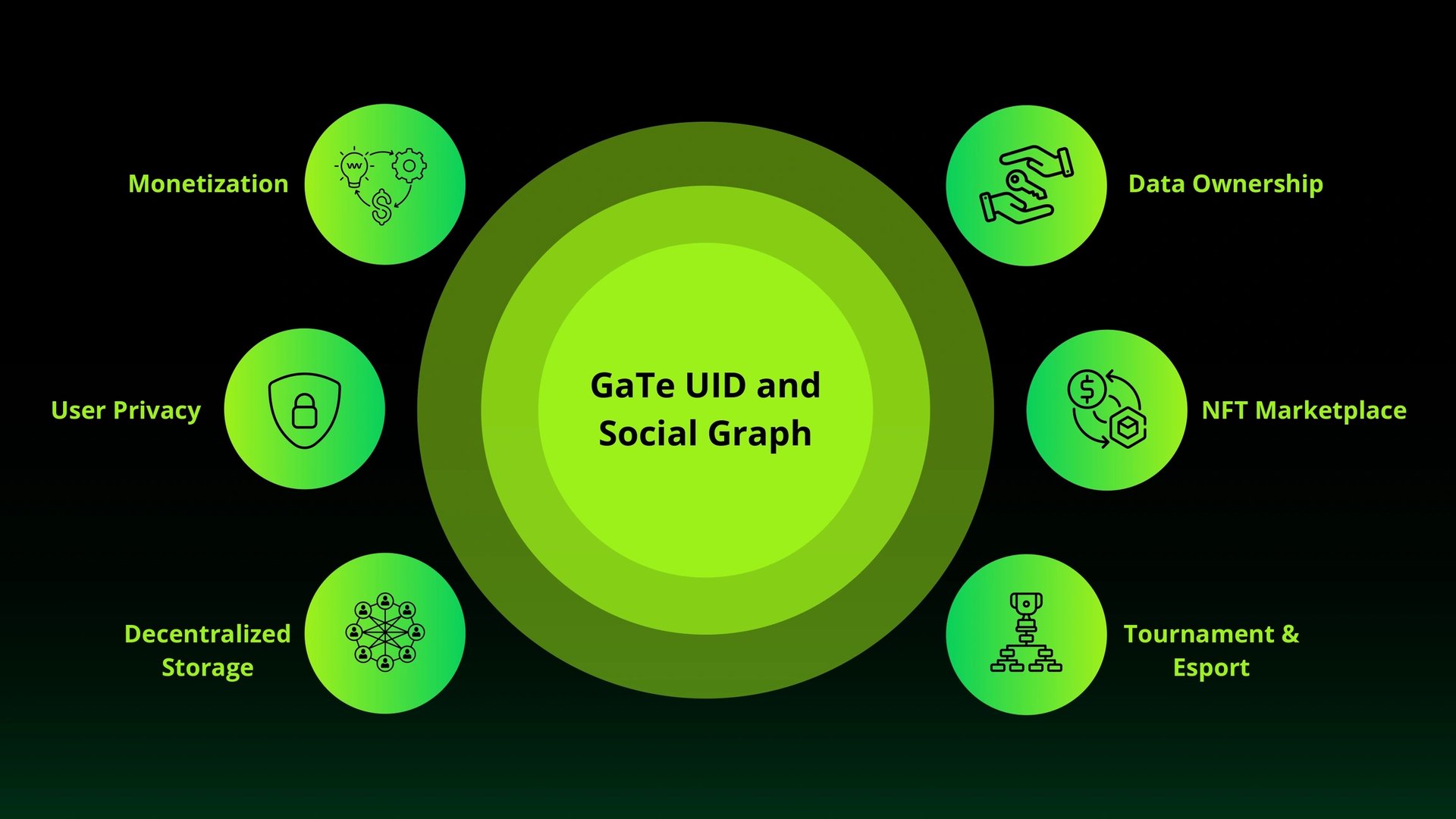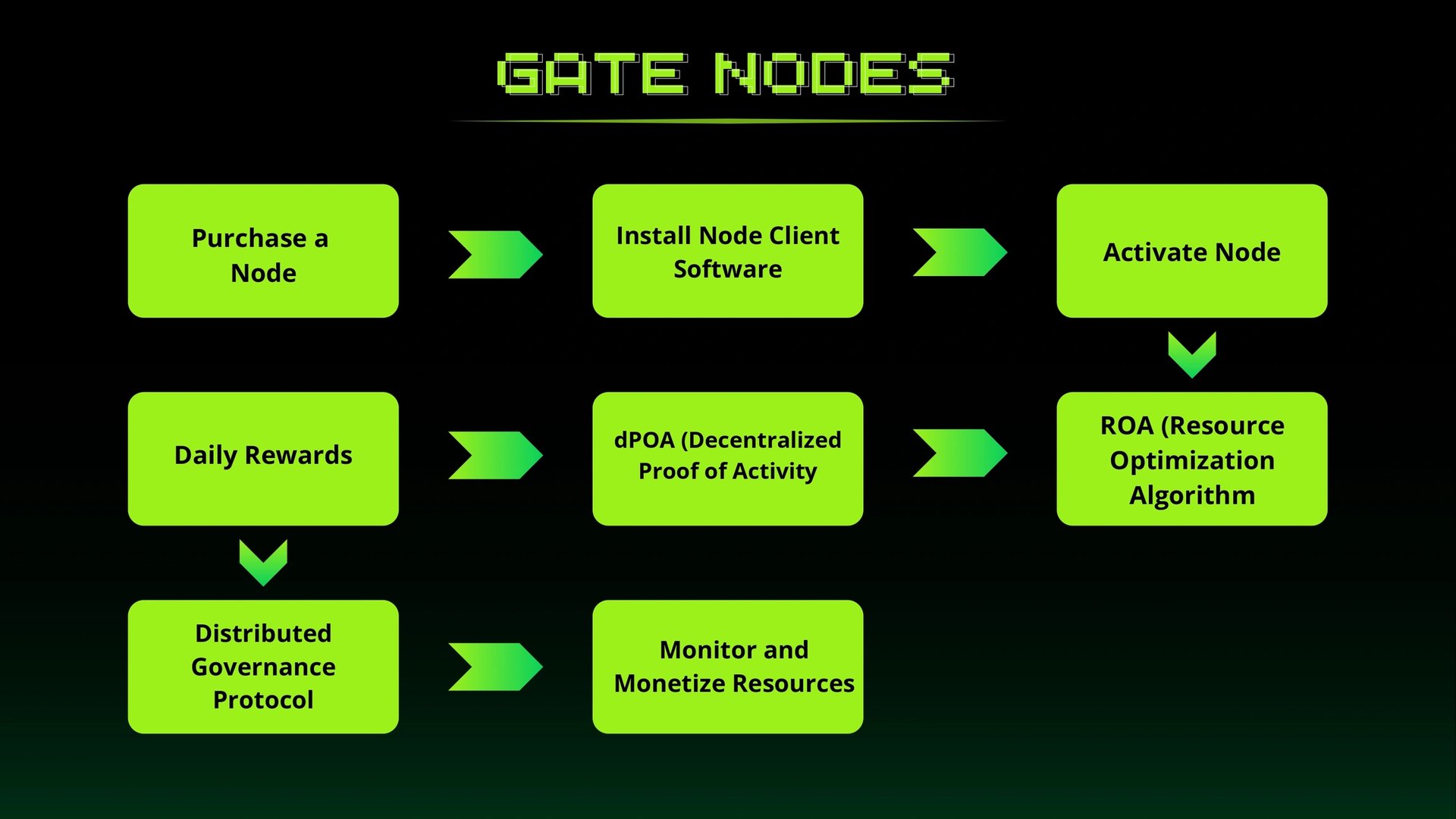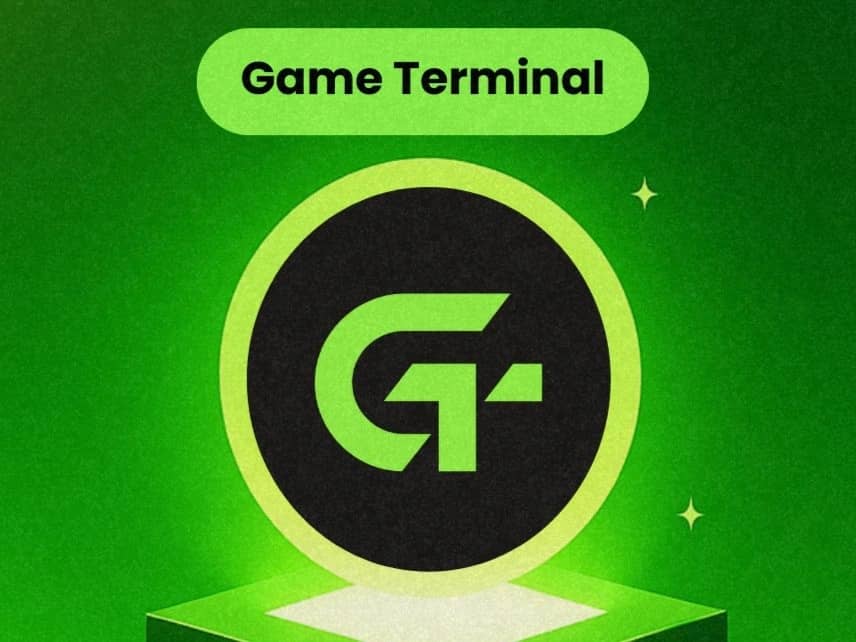위키 구독하기
Share wiki
Bookmark
Game Terminal
Game Terminal
Game Terminal(게임 터미널)은 탈중앙화 게임을 위한 포괄적인 허브 역할을 하는 Web3 게임 플랫폼으로, 블록체인 기술, 인공 지능 및 탈중앙화된 소셜 시스템을 통합하여 플레이어와 개발자를 위한 통합된 생태계를 구축합니다. [6]

개요
Game Terminal은 Web3 기술과 게임의 교차점에 자리 잡고 있으며, 현재 게임 환경의 단편화 문제를 해결하는 것을 목표로 합니다. 이 플랫폼은 탈중앙화 게임 생태계 내에서 중앙화된 연결 지점을 제공하는 "Web3의 에픽게임즈"로 기능하도록 설계되었습니다. 블록체인 인프라, 인공 지능 및 탈중앙화된 소셜 그래프를 활용하여 Game Terminal은 게임 개발자가 프로젝트를 확장하고 플레이어가 몰입형 게임 경험을 즐길 수 있는 환경을 조성하고자 합니다. [6] [9]
주요 기능 및 기술
플랫폼 아키텍처
Game Terminal의 기술 인프라는 여러 개의 상호 연결된 계층으로 구축됩니다.
- 결합 엔티티 계층: 게임 자산, 플레이어, NFT 및 스마트 계약을 디지털 엔티티로 표현하여 게임과 사용자 간의 원활한 상호 작용을 가능하게 하고 투명성과 소유권을 보장합니다 [1]
- 데이터 저장 계층: 플레이어 프로필, 게임 메타데이터 및 거래 기록의 안전하고 불변의 데이터 저장을 위해 IPFS 및 블록체인과 같은 분산형 저장 솔루션을 활용합니다 [2]
- 컴퓨팅 계층: 확장 가능한 인프라를 통해 게임 로직, 스마트 계약 실행 및 복잡한 계산을 처리하여 실시간 게임 플레이와 블록체인 상호 작용을 지원합니다 [3]
- 데이터 흐름 계층: 계층 간의 원활한 데이터 전송을 관리하여 게임, 사용자 및 서비스 간의 원활한 통합을 가능하게 하고 낮은 지연 시간과 효율적인 데이터 처리를 제공합니다 [4]
- 검증 계층: 합의 메커니즘과 스마트 계약 검증을 통해 데이터 정확성, 무결성 및 보안을 보장합니다 [5]
생태계

GaTe UID

GaTe UID는 Game Terminal 생태계 내 각 플레이어에게 할당되는 블록체인 기반 디지털 신원입니다. 대체 불가능 토큰 (NFT)으로 발급되며, 모든 통합 게임에서 플레이어의 활동과 업적을 기록하고 반영합니다. 여기에는 게임 플레이 이력, 토너먼트 참여, NFT 거래 및 보상 누적이 포함되어 포괄적인 프로필과 동적인 소셜 그래프를 형성합니다.
분산 원장 기술을 활용하여 모든 관련 데이터는 분산된 노드에 저장되므로 중앙 집중식 데이터 시스템과 관련된 위험을 방지합니다. 이 구조를 통해 플레이어는 자신의 정보에 대한 완전한 제어권을 유지하여 데이터 주권 원칙을 준수합니다. [11]
게임 목록 플랫폼
Game Terminal 게임 목록 플랫폼은 다양한 장르와 형식의 Web3 게임을 위한 탈중앙화된 진입점으로 기능합니다. 통합 시스템을 통해 개발자와 플레이어를 연결하여 게임의 발견, 통합 및 배포를 지원하도록 설계되었습니다.
Game Terminal 생태계의 핵심 인프라로서, 이 플랫폼을 통해 개발자는 전 세계 사용자 기반에 자신의 프로젝트를 선보일 수 있습니다. 캐주얼, 인디, 경쟁 및 AAA 타이틀을 포함한 광범위한 게임을 지원하며 직접 접근 및 다운로드를 위한 도구를 제공합니다. 목록 작성 프로세스는 다양한 프로젝트 유형을 수용하도록 구성되어 있으며 탈중앙화 환경 내에서 노출을 단순화하는 것을 목표로 합니다. [8]
노드 프로토콜

노드 프로토콜은 Game Terminal 플랫폼의 탈중앙화 아키텍처를 지원하는 기본 인프라입니다. 사용자가 개인 장치에서 GaTe 노드를 운영할 수 있도록 함으로써 네트워크는 피어 투 피어 시스템에서 컴퓨팅 작업과 콘텐츠 전달을 분산하여 지연 시간과 중앙 집중식 서버에 대한 의존성을 줄입니다.
GaTe 노드는 검증자 및 콘텐츠 배포자 역할을 하여 안전한 데이터 교환을 가능하게 하고 시스템 복원력을 향상시킵니다. 참가자는 라이선스를 취득하고 네트워크에 연결하여 노드를 활성화하며, 그들의 장치는 대역폭, 저장 용량 및 가동 시간을 제공합니다.
이 네트워크는 분산 활동 증명 (dPoA) 합의 모델을 사용하며, 이는 운영 성과와 참여도에 따라 노드를 평가하고 보상합니다. 이 메커니즘은 지속적인 참여를 유도하고 네트워크 무결성을 유지함으로써 탈중앙화된 생태계를 지원합니다. [10]
NFT 마켓플레이스
Game Terminal (GaTe) NFT 마켓플레이스는 Game Terminal 생태계에서 사용 가능한 게임과 관련된 디지털 자산을 교환하기 위한 탈중앙화 플랫폼으로 기능합니다. 게임 내 아이템, 아바타, 수집품 및 Ordinals 및 Runes와 같은 Bitcoin 기반 자산을 포함한 다양한 대체 불가능 토큰 (NFT)의 거래를 가능하게 합니다.
잘못된 내용이 있나요?
